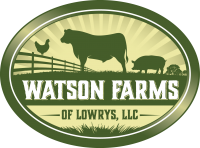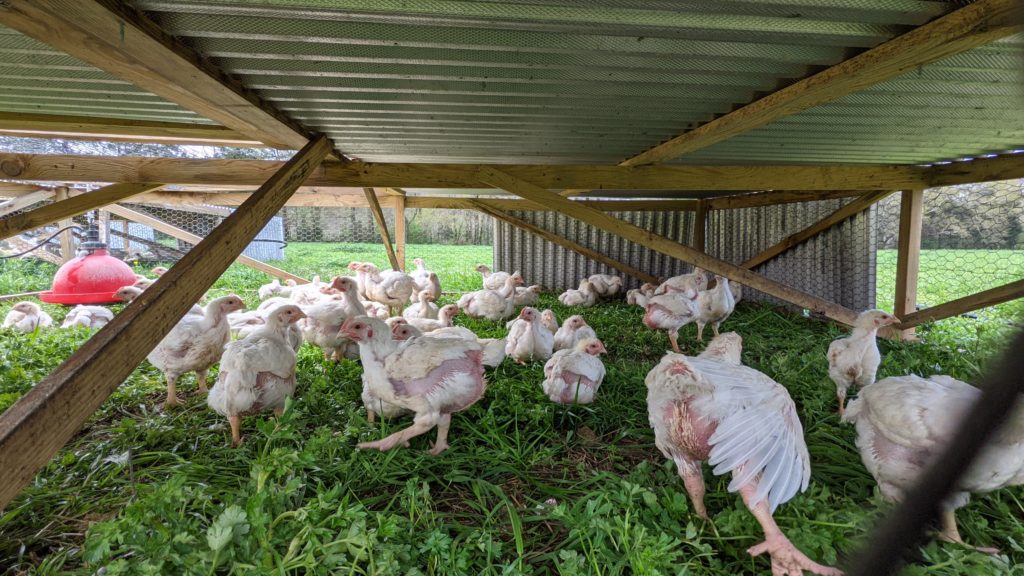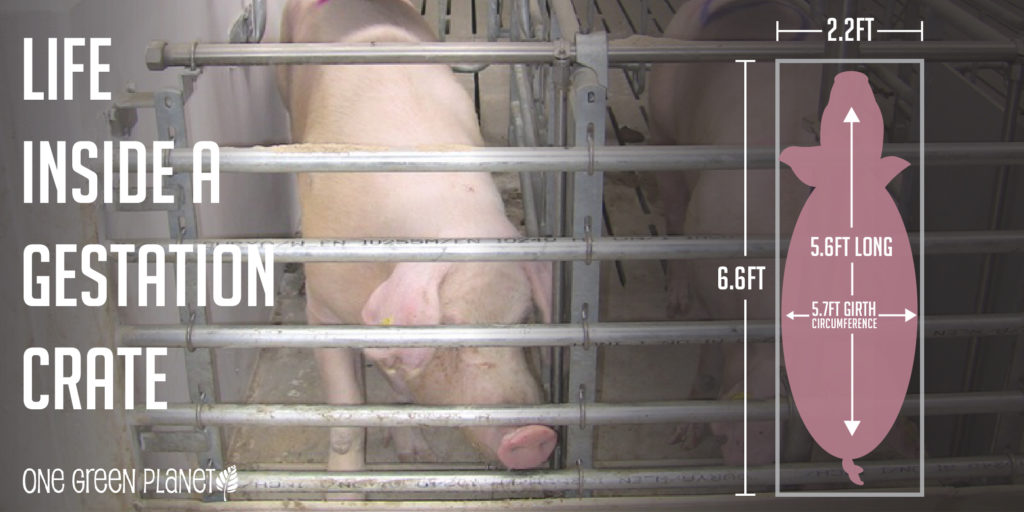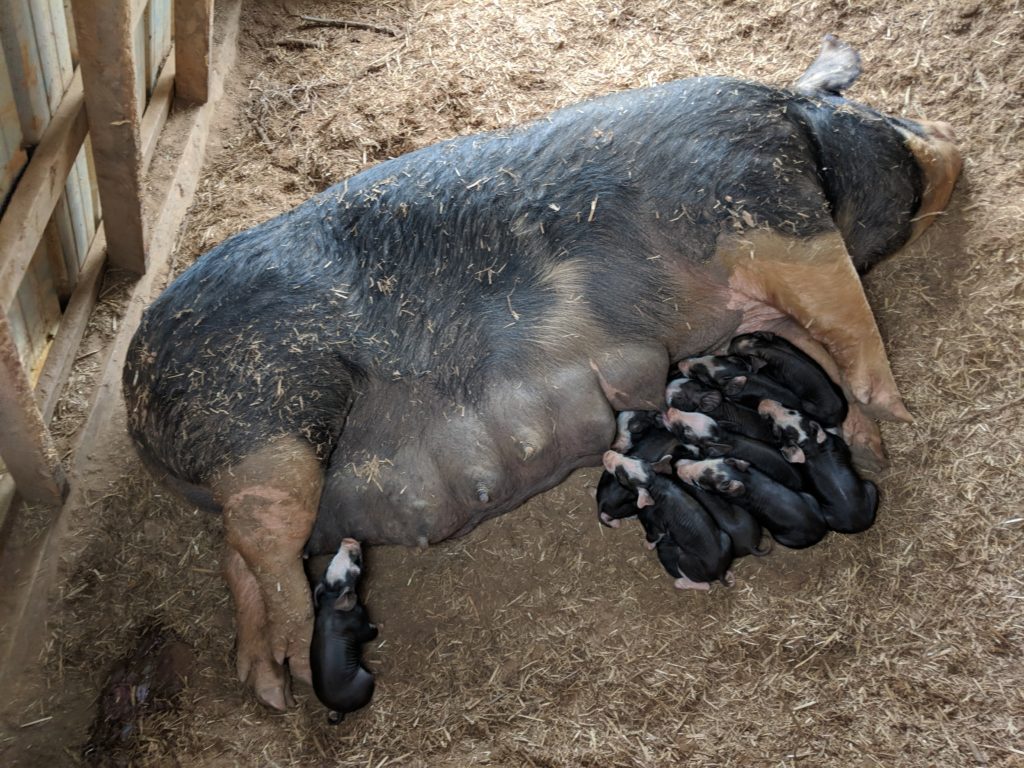We want to wish all the fathers out there a Happy Father’s Day! Thanks for the impact you have on the next generation.
Here’s the weekly roundup from Watson Farms and your direct connection to your farmer. Enjoy the latest edition of Pasture Posts!
Microbe-friendly Farms
Last week we briefly discussed how on our farm, we can literally stand in the middle of thousands of chickens and smell next to nothing. This is due to the mobility of all of our animals which keeps grass under them instead of manure like in the industry. This is one aspect of a regenerative farm that is inviting rather than repulsing.
This week, let’s look at another characteristic of regenerative livestock farms that make them attractive, and that is the tendency toward life rather than death. When you look at modern industrial agriculture, you see monocrops and the use of lots of “cides” (herbicides, insecticides, pesticides). Although the one thing that a particular farmer is producing may often look good and healthy, the fact is that they likely killed everything around it to achieve this.
Crop farmers rely on herbicides like glyphosate and paraquat to burn down a field and rid it of any other living vegetation before planting the desired crop.
Industrial poultry farmers use a plethora of insecticides and various other chemicals such as creosote and formaldehyde in an effort to sterilize the barns to create an environment that the severely-immune-deficient birds can survive in.
Continue reading Pasture Posts #121










